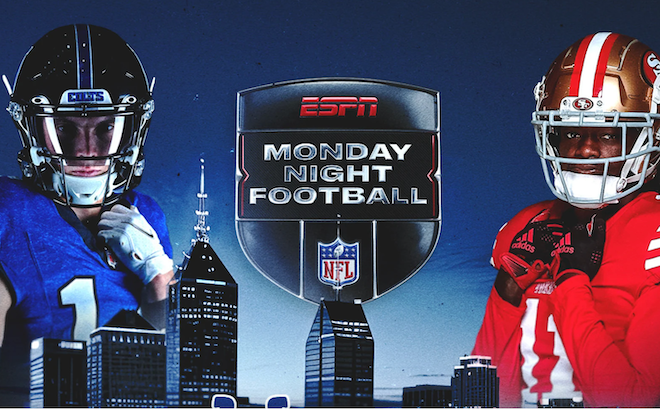An impersonal, drab email kicked into the inbox of a true soccer fan is about as engaging as a dead ball on the pitch. Major League Soccer (MLS) knows this, which is why it enlisted the help of digital marketing agency FanCentric to spruce up its emails and deliver more personalized, relevant messages to fans’ inboxes. The implemented changes resulted in a big win for MLS —a 21% boost in opens and a 31% increase in clickthroughs.
“The one thing you know about soccer fans—and I think this is true for sports fans overall—is that they’re really focused on their team,” says David DeVore, CEO of FanCentric. The challenge for his company was to provide emails that are relevant to fans based on their favorite team and their geographic location, as opposed to generic email blasts from the league.
The DNA: fandom and location
Those two bits of information—the fan’s favorite club and their location—informs the DNA of the tailored weekly emails to fans of the league’s 19 teams. This data is used to populate each email with dynamic content – e.g., video highlights and photos of players from the fan’s favorite teams, and broadcast schedules specific to their location.
For example, a Seattle Sounders FC fan living in Wisconsin would receive emails designed in Sounder Blue and Rave Green (the official team colors) that feature an up-to-the-minute broadcast schedule with information on which network in the area is airing the match.
If a fan hasn’t voiced their loyalty to a specific team or indicated where they live, the footers of the emails they receive will ask them to share this information to get more relevant messaging. The footer emphasizes the value of personalization and puts the focus on the fan, DeVore says.
The goal of these emails is to bring meld a subscriber’s data with different types of content to generate automated emails that are seamless and elegant, and don’t come off as being unusual or programmed.
Future improvements
While these emails were built around broadcast schedules, in the future FanCentric intends to expand their scope by focusing more on team-specific news and content, relegating broadcast schedules to just one section of a more robust newsletter.
Currently, each of these emails includes a Twitter hashtag specific to the featured match of the week, but DeVore says the company hopes to make these emails more social by including real-time Twitter feeds and Facebook updates.
The real-time nature of soccer is a big factor for these emails. DeVore notes that the cycle of the run-up to a match, the duration of a match and the news of the results happens quickly.
“Sports and the way fans interact with sports is happening in real time, and it has a fairly limited lifecycle,” DeVore says when discussing one of the big lessons learned from FanCentric’s experience with these MLS emails so far. The challenge, then, is to build a smooth mechanism to bring real-time information in outbound communications.
“The ability for marketers to have data in real time and have content in real time so they’re able to bring that content into email marketing faster and more efficiently than we might have been a few years ago has been huge,” DeVore says. This real-time trend will be a “huge driving change in the marketing industry in the coming years.”



